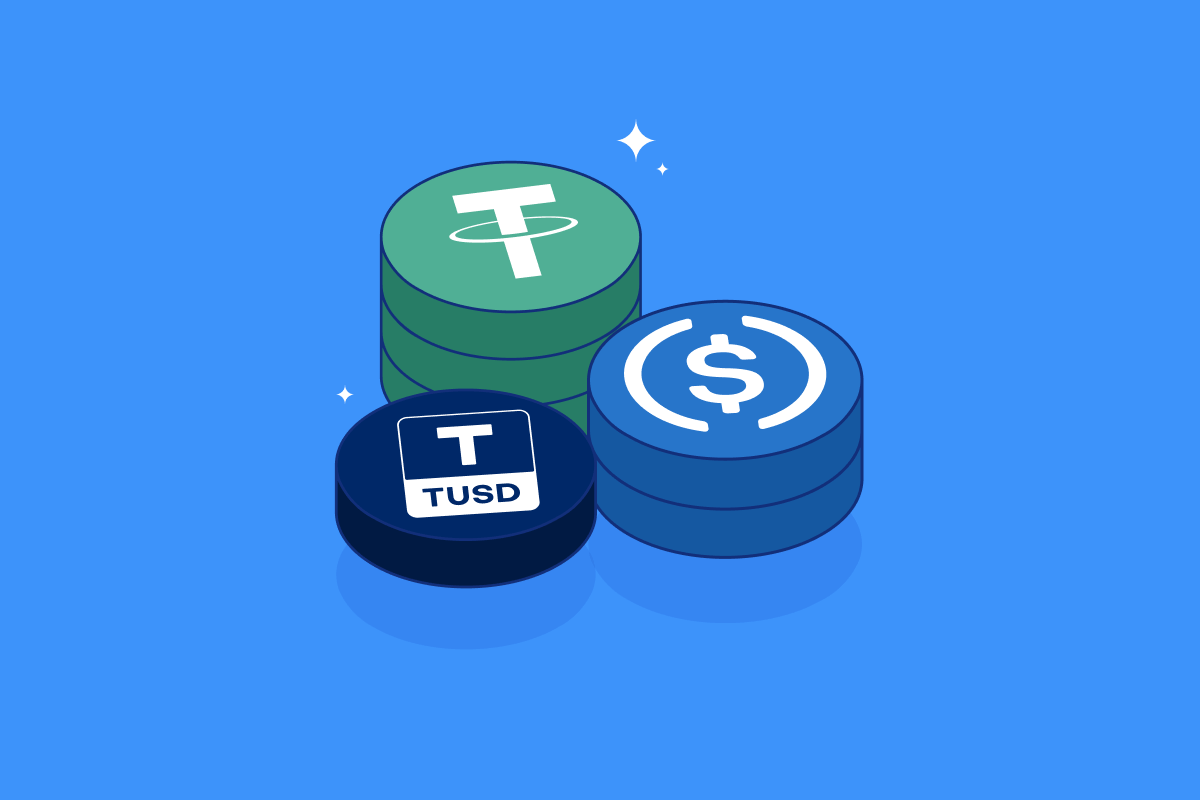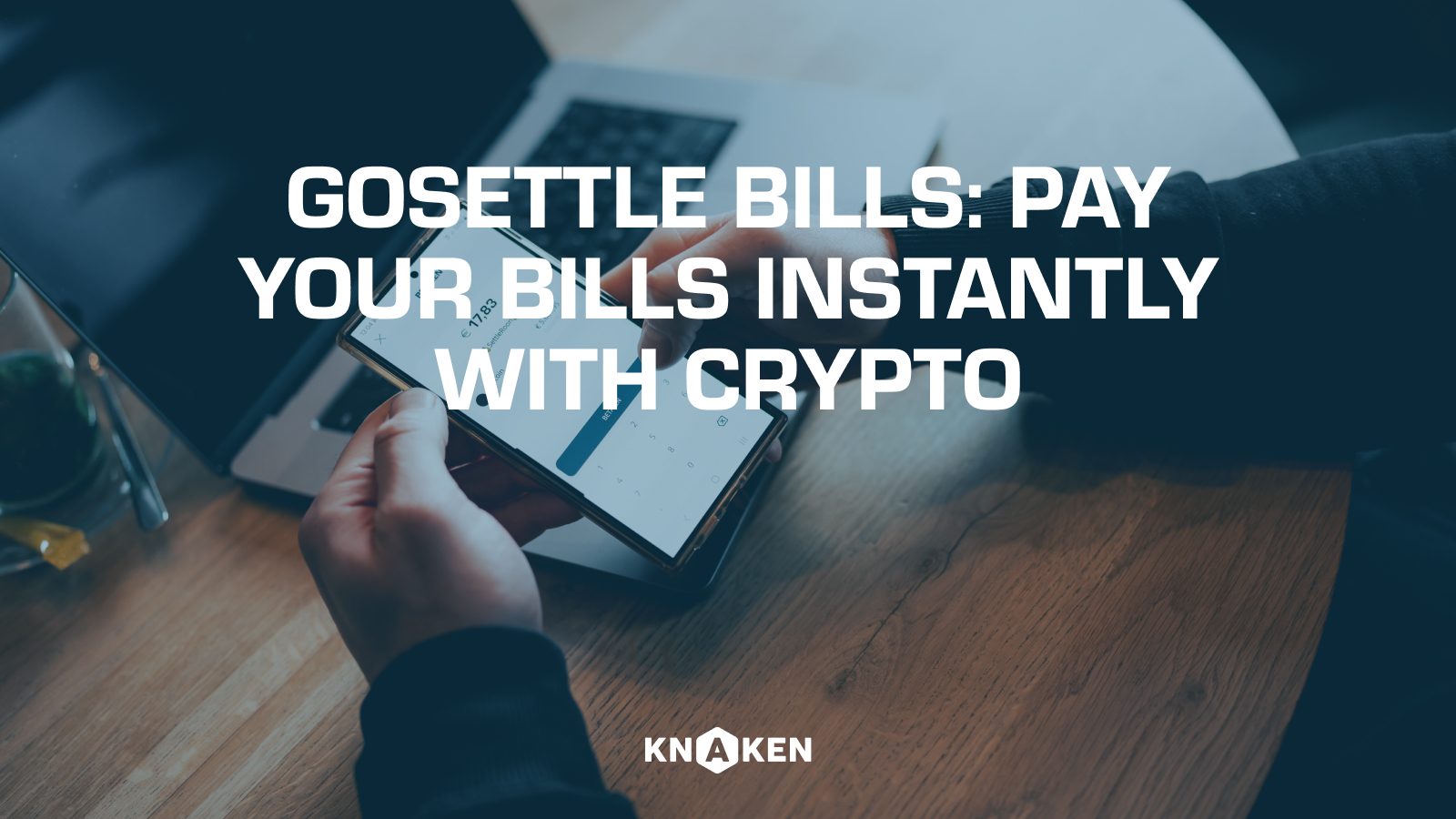Block Reward: An In-Depth Overview
Definition of Block Reward
Block reward refers to the incentive given to a miner or validator for successfully adding a new block to a blockchain. This reward is critical for the operation of decentralized networks, providing economic motivation for participants to secure the network and validate transactions. Block rewards usually consist of two components: a fixed amount of newly minted cryptocurrency and transaction fees collected from the transactions included in the block.
The Importance of Block Rewards
Block rewards play a fundamental role in blockchain ecosystems. Their significance includes:
- Incentivizing Participation: Block rewards encourage miners and validators to contribute computational resources to secure the network.
- Maintaining Network Security: Higher rewards attract more participants, thereby enhancing the network’s security by reducing the risk of attacks.
- Regulating Supply: Block rewards determine the issuance rate of the cryptocurrency, impacting its scarcity and economic model.
- Compensating for Costs: Miners incur costs for hardware, electricity, and maintenance. Block rewards help them recover these expenses.
Components of Block Reward
A typical block reward is composed of two main elements:
- Newly Minted Coins: This portion of the reward introduces new coins into circulation, contributing to the cryptocurrency’s supply.
- Transaction Fees: Miners receive fees from users who initiate transactions. These fees serve as additional revenue, especially as block rewards decrease over time.
Block Reward Mechanisms in Different Cryptocurrencies
Block reward structures vary across cryptocurrencies. Some notable examples include:
- Bitcoin (BTC): Bitcoin started with a block reward of 50 BTC, which halves approximately every four years during an event known as the “halving.” The current reward (as of 2023) is 6.25 BTC per block.
- Ethereum (ETH): Ethereum transitioned to a proof-of-stake consensus mechanism with Ethereum 2.0, changing its reward system significantly. Validators receive rewards based on the amount of ETH staked and their performance.
- Litecoin (LTC): Similar to Bitcoin, Litecoin also follows a halving schedule. The initial reward was 50 LTC, and as of 2023, it has been reduced to 12.5 LTC.
- Cardano (ADA): Cardano employs a proof-of-stake mechanism where block rewards are distributed based on the amount of ADA staked and the performance of the staking pool.
Impact of Block Rewards on Cryptocurrency Economics
The structure and size of block rewards can significantly influence cryptocurrency economics:
- Inflation Rates: The rate at which new coins are introduced affects inflation. A high block reward initially leads to greater inflation but stabilizes over time as the reward decreases.
- Market Dynamics: Changes in block rewards can affect supply and demand, impacting price volatility.
- Long-term Sustainability: As block rewards decrease (like in Bitcoin halving), transaction fees become increasingly vital for miner profitability.
The Future of Block Rewards
As blockchain technology evolves, so do block rewards:
- Transition to Proof-of-Stake: Many cryptocurrencies are shifting from proof-of-work to proof-of-stake, altering how rewards are distributed and impacting the need for huge computational power.
- Adaptive Reward Structures: Future blockchains may implement dynamic reward systems that adjust based on network conditions, transaction volume, or other variables.
- Focus on Sustainability: The environmental impact of mining is prompting discussions about more sustainable reward mechanisms that reduce energy consumption.
Conclusion
Block rewards are an essential element of cryptocurrencies, providing incentives for network participants while shaping the economics of digital assets. Understanding block rewards is crucial for anyone interested in the mechanics of blockchain technology and the future of decentralized finance. As the landscape evolves, so will the structures and implications associated with block rewards, making it a topic of ongoing relevance and interest within the cryptocurrency community.


















